LEARN
The Story of Peter Mott
According to Historian Paul Schopp’s research, Peter Mott was “born between 1800 and 1810 in Delaware to a Virginian father and a mother from Maryland. It appears Peter had slipped his shackles of bondage and made his way to Gloucester County [around] 1830.” Gloucester County marriage records show that he married Eliza Thomas on November 2, 1833.
The size of his house in what was then called Snow Hill, or Free Haven, combined with its method of construction and two story size — reflected his status as a respected member of the community.
According to Schopp, “in 1844, Peter Mott purchased the first of three lots in Free Haven.” Land transactions for May 30, 1844, record Mott's purchase of the property for his home from Thomas Stephenson for $100. On [the property], Mott constructed a 1½-story house and completed construction in 1845. We know that Mott built some items in his house, and one of the cabinets he created still stands in what was the kitchen today.
The Motts attended Mt. Pisgah, where Peter served as the first Sunday School superintendent in 1847. He also served as a deacon in the church and held a Local Preacher’s License.
In the 1850 U.S. Census, Peter Mott is listed as a 40 year old, black male laborer owning real estate valued at $600. His wife, Elizabeth Ann Mott, was listed as 42 years old. By the 1870 Census, the Mott's real estate was valued at $1,000 and his personal estate at $250. Peter and Eliza Ann remained a couple devoted to each other until she died in November 1879. Peter met his demise two years later.
His house, now a museum, is widely considered “one of the oldest houses in Lawnside, NJ.”
While no primary-source documentation or contemporaneous account has been found for verification, oral tradition places Peter Mott in the center of Underground Railroad activity, and, perhaps, the settlement of fugitive slaves in the Snow Hill and Free Haven area. William Switala, writing in his 2006 book, Underground Railroad in New Jersey and New York, notes: “It was from his home and the Mount Pisgah A.M.E. Church, in which he later served as pastor, that he carried out his role as an Underground Railroad agent and conductor. From Snow Hill, the freedom seekers had several possible avenues of escape, with routes leading to Pennsauken, Haddonfield, and Evesham Mount.”
Reclaiming History: The Search for the Underground Railroad
Reclaiming History: The Search for the Underground Railroad discusses how Underground Railroad sites are determined via various means such as letters written by locals and legislators, oral histories, inherited properties, newspapers and more. This documentary released in 2006 by Howard University faculty member James Rada serves as a teaching video, or "how-to-video" for people and organizations looking to research and validate Underground Railroad sites.
Saving a Piece of History
The efforts to save the Peter Mott House came up unexpectedly for concerned citizens of Lawnside. One evening during a local meeting centered around Black History Month – Clarence Still, official historian of the Still Family and the town of Lawnside made a startling announcement.
According to journalist Hoag Levins for Historic Camden County, “So Clarence Still comes to our gathering, remembered [current President of the Lawnside Historical Society Linda P.] Waller.” And he gets up to speak and says ‘I can’t let this opportunity go by without telling you all about something that is very important. Everybody in Lawnside ought to be up in arms about it. The Peter Mott House is going to be destroyed.'”
“We adjourned to the hallway and my sister and a couple of her friends from school said we ought to form a Lawnside Historical Society and do something about this. We’ve got to focus on saving that house,” said Waller. “My sister turned to me and said ‘We’re going to have a meeting about this next Thursday and it’s going to be at your house.” And I said, ‘Can I come?’ And that’s how I got involved.”
Clarence Still was head of the Still Family Historical Committee, named for Philadelphia Abolitionist leader William Still, who, in 1871, wrote the first comprehensive account of the secret smuggling system that had helped escaped slaves find their way to freedom in the northern states and Canada. Clarence Still was the founding President of the Lawnside Historical Society.
“Mr. Still is the reason any of this happened,” Waller said. “He is the person who understood what the house meant and the one who stood up and said, ‘Builder, stay that backhoe.'”
A Community Mobilizes
Credit: This video was produced in partnership with Scribe Video Center, a non-profit community media center in West Philadelphia offering workshops, screenings and filmmaking resources. Visit their website at www.scribe.org to see all current programs.
The Best Kept Secret
Watch this short video about the Northeast's only incorporated African American township, incorporated in 1926.
Video features commentary from Clarence Still, descendant of Abolitionist William Still and LHS President Linda P. Waller and local residents and direct descendants of founding families of Lawnside.
Produced & directed by E. Muneerah Higgs.
The Restoration of the Peter Mott House
The Lawnside Historical Society has fought to preserve, acquire and maintain the Peter Mott House. On February 20th, 1992, the Society was handed the deed to the property. Restoration for the Peter Mott House began in 1990, and was fully restored in 2001.
On October 13th, 2001, after an eleven-year restoration project, the Peter Mott House and Underground Railroad Museum was dedicated and opened to the public. In 1994 the site was officially recognized and added to both the State and National Registers of Historic Places.
Take a look at the Peter Mott House through the restoration process and images of the final house as it stands today.
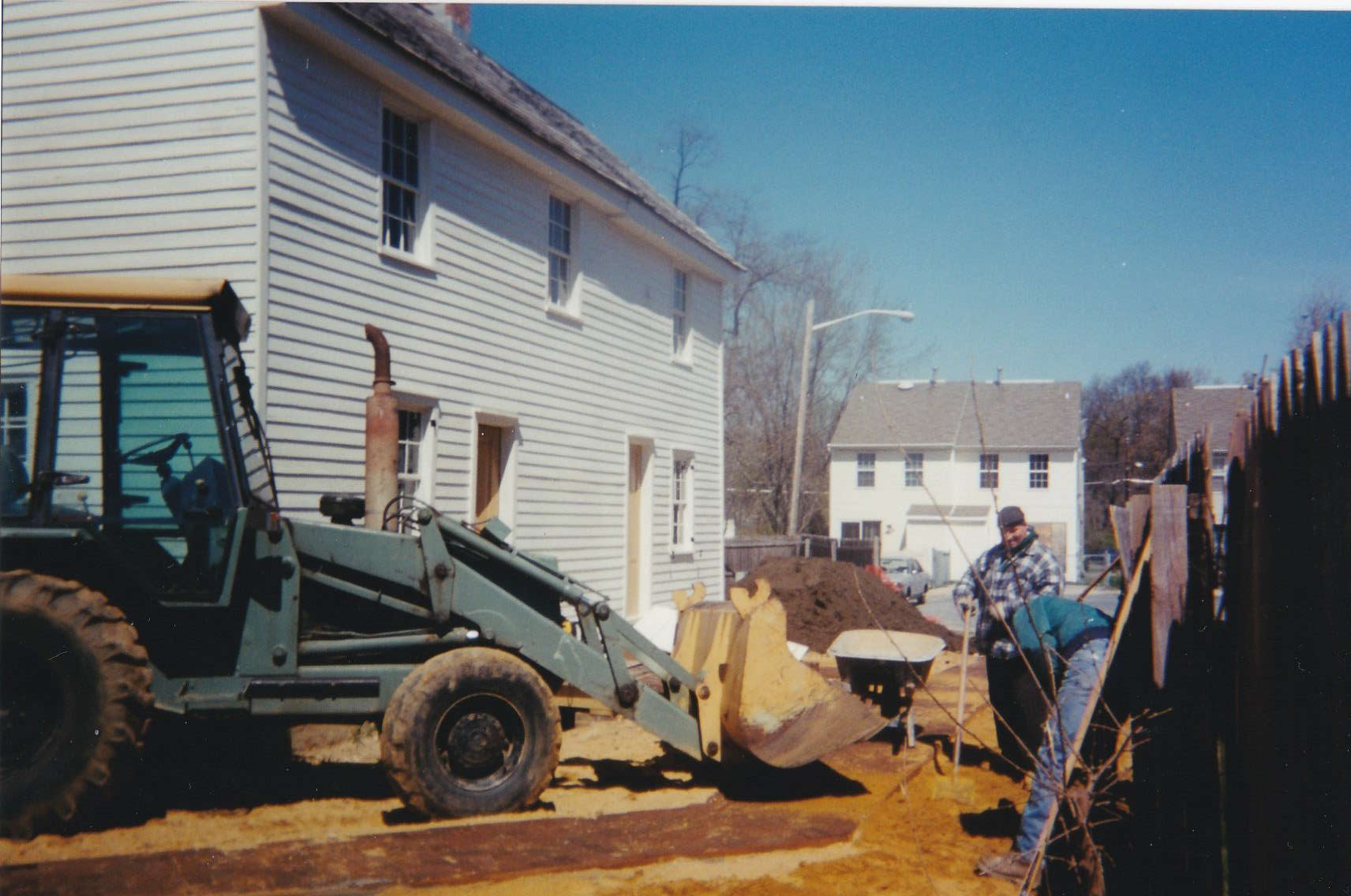
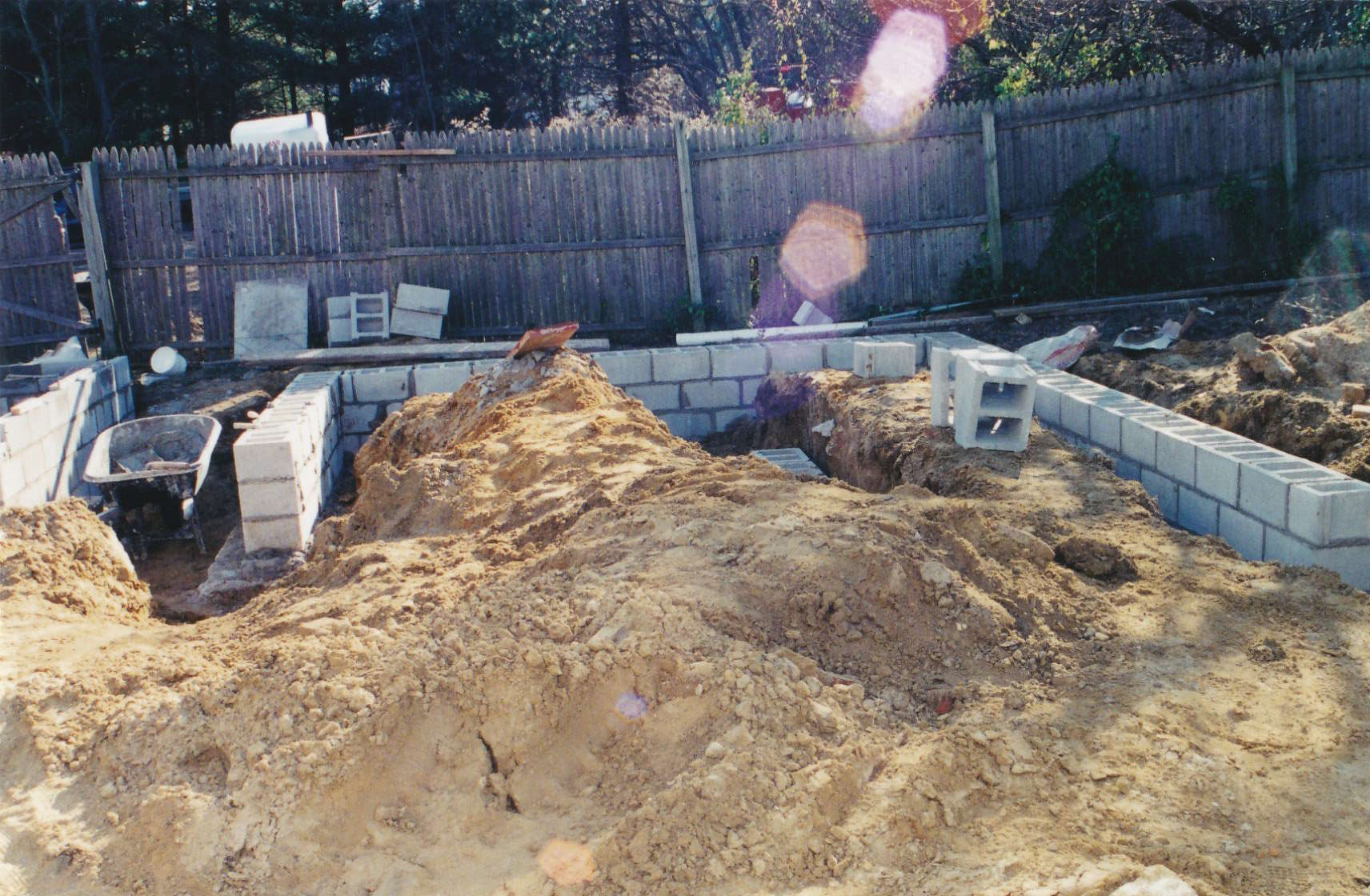

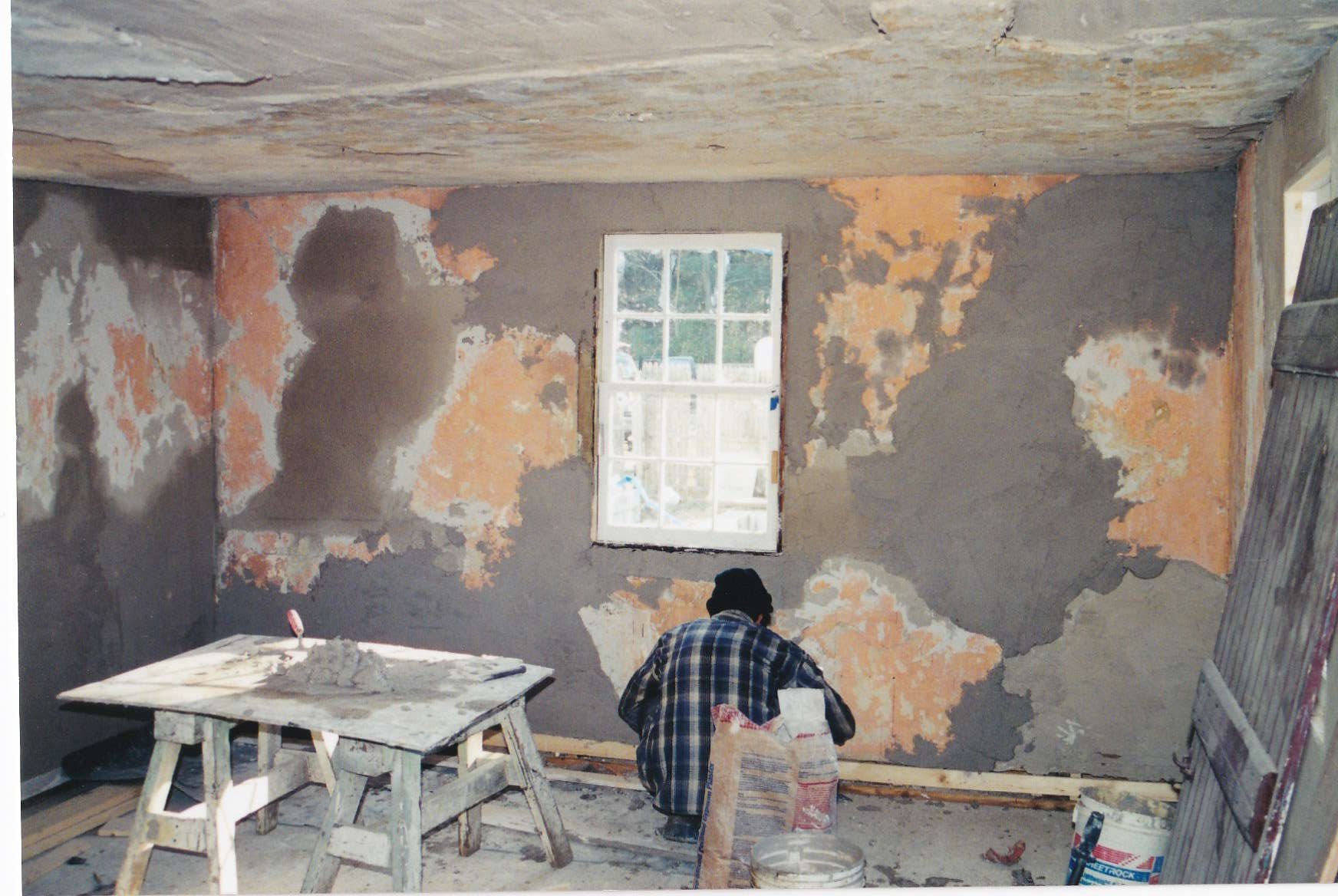
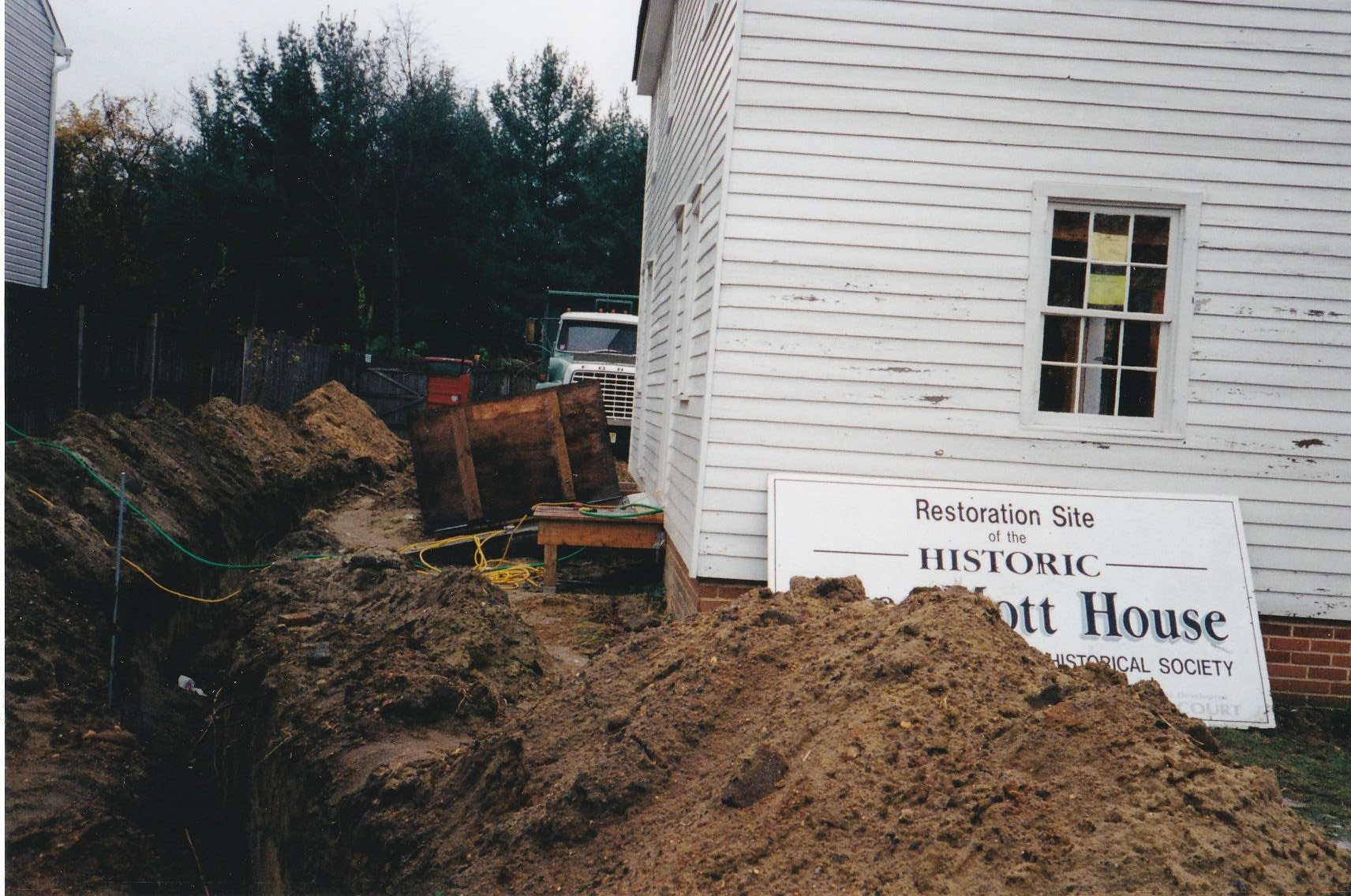
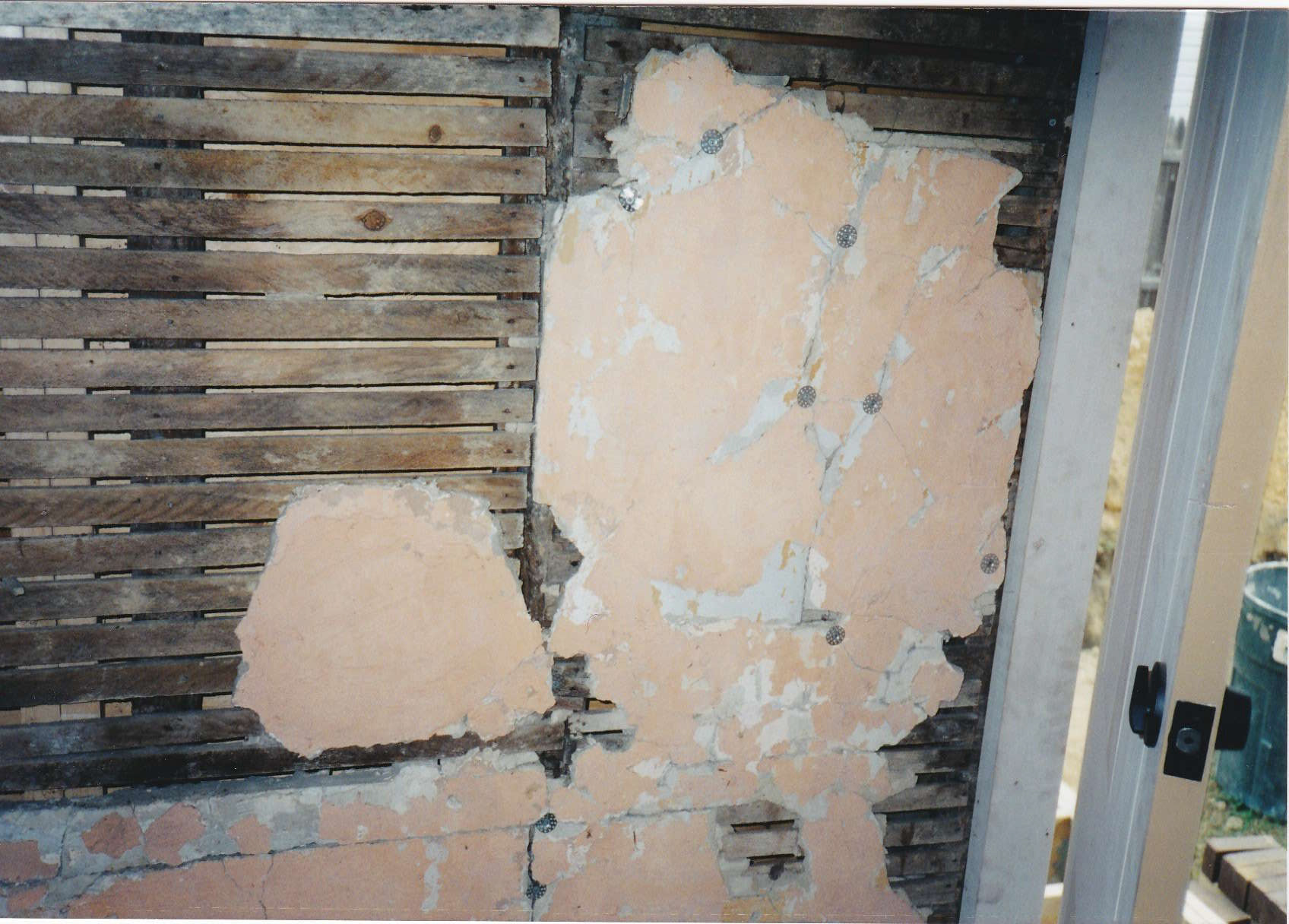
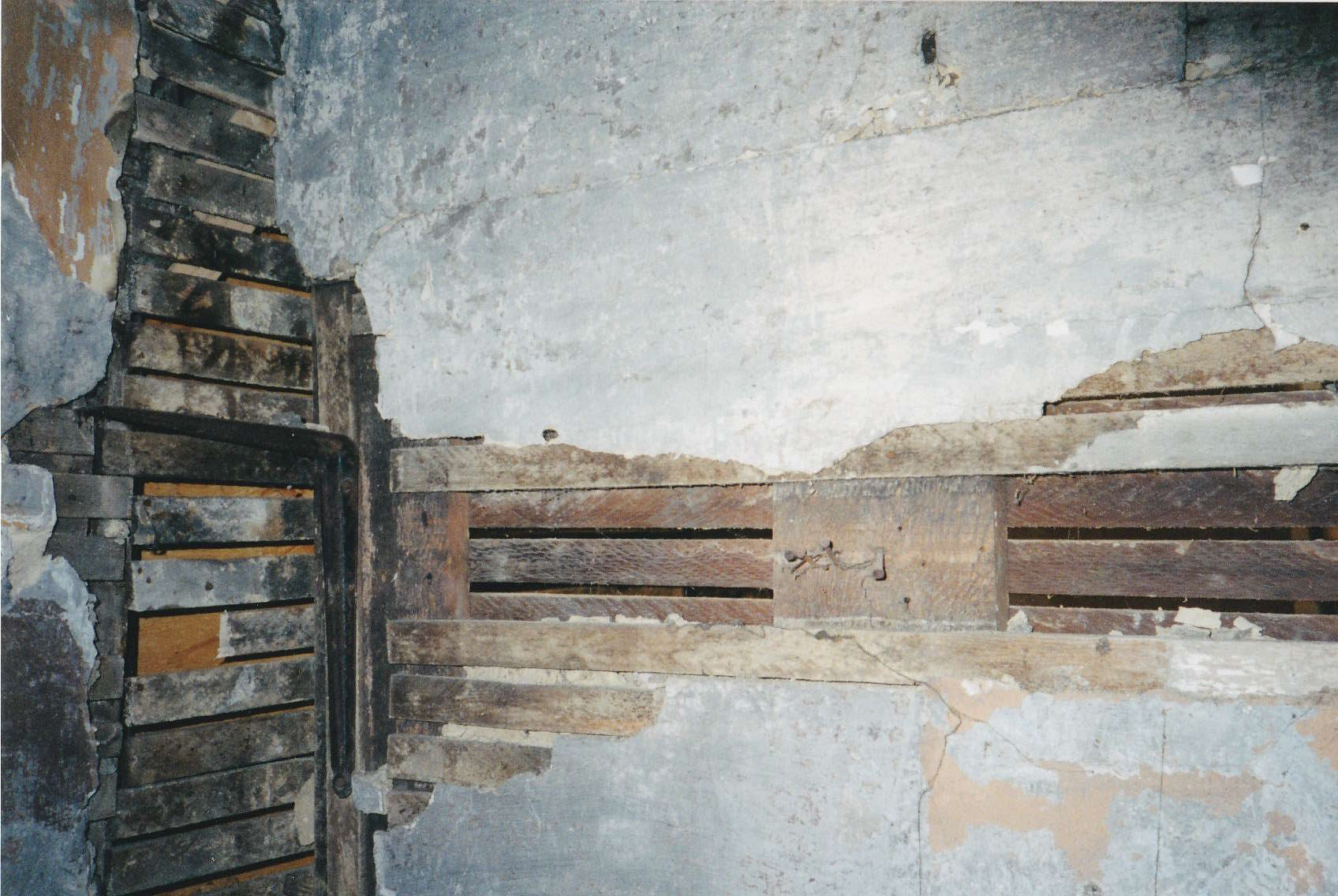
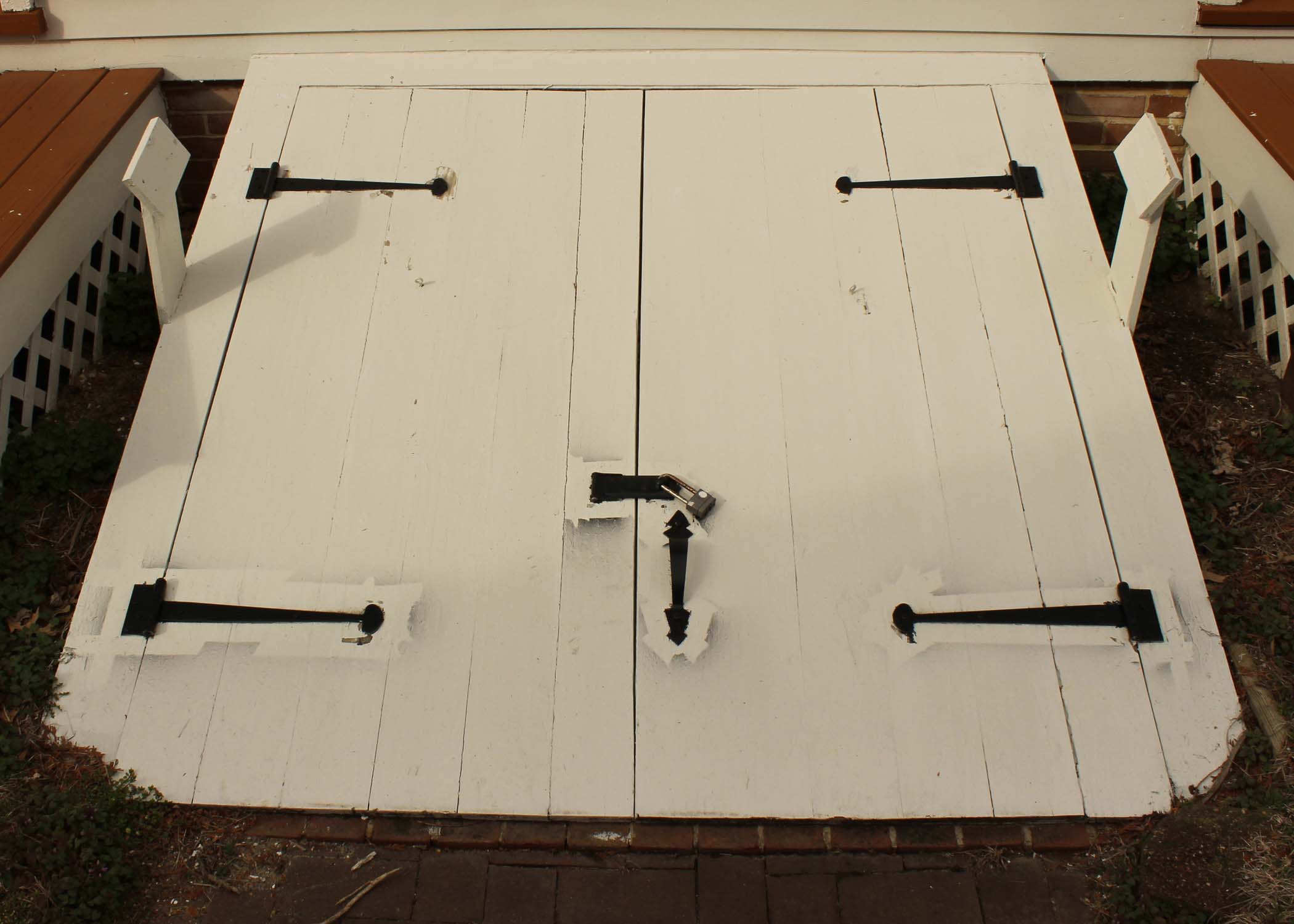
From Free Haven to Snow Hill to Lawnside: A Timeline
Free Haven established by abolitionist Ralph Smith
The community was first named Free Haven because it served as a stop and way station along multiple routes of the Underground Railroad.
Read Morec. 1840Expansion of Free Haven
Free Haven grows and the community area now supports at least twenty-four buildings.
Read Morec. 1856From Free Haven to Snow Hill
Shortly after the Civil War, Free Haven’s name changed to Snow Hill, reportedly for the prominence of sugar sand atop the hill where early settlement formed.
According to Historian Paul Schopp, “Snow Hill became a settlement for free people of color sometime during the last quarter of the eighteenth century. Despite claims that it takes its name from the town in Maryland, Snow Hill gained its moniker from the sugar sand on the hilltop that could be seen for some distance after sawyers had denuded the mount of trees and shrubs. A John Hills map from 1808 labels the area “Snow Hill.” The mount and the area surrounding it is considered a Pine Barrens outlier, due to the presence of sand and the trees and plants growing there. The area’s poor soil and marginality made it typical [of the quality of] land sold to African Americans.”
c. 1867From Snow Hill to Denton to Lawnton: Train Access to Phildelphia Arrives
The arrival of the Philadelphia and Atlantic Railroad (later the Reading Railroad) in 1876, the name of the stop changed from Denton to Lawnton.
Read Morec. 1876From Lawnton to Lawnside: One Last Time
Often attributed to the beautiful sloping lawn that adjoined the station, the name was adopted by the community to conform with the new rail stop.
Read Morec. 1907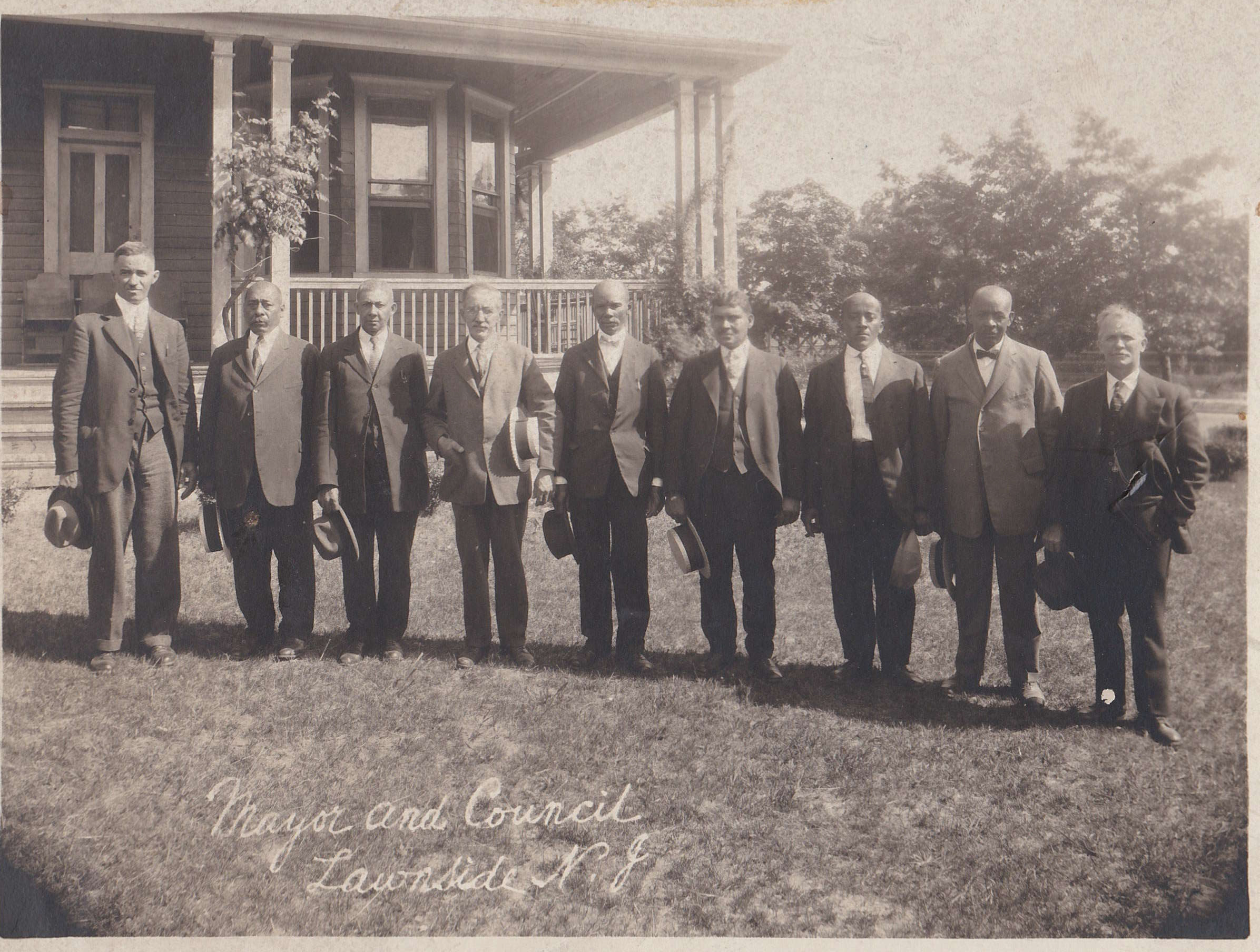
First Mayor's Council of Lawnside
When Centre Township was about to be dissolved Lawnsiders faced a decision. Should they incorporate as an independent municipality or join with other predominantly white surrounding communities? The decision was made to incorporate and thus become a predominantly Black, self-governing borough.
Governor Harry A. Moore signed a law incorporating Lawnside in March 1926, First mayor and Council were elected in a special election held at the Lawnside Public School on Warwick Road on April 20, 1926.
Lawnside’s first Mayor was James Hemming. Horace J. Bryant , a member of City Council, later became the calendar clerk of the state Assembly in the 1930s. His son, Horace J. Bryant, Jr became the state Commissioner of Insurance, and the first Black person in a governor's cabinet. One of his grandsons, Wayne R. Bryant became a state senator, and another grandson Mark [Bryant] later became the mayor of Lawnside for 23 years.
In the image here, the first Mayor, his cabinet and Council members are assembled on the lawn of the Lawnside Inn in April 1926 shortly after their first meeting.
Photo L-R: Horace J. Bryant, Sr., Borough Clerk; George Forten; Douglas Brown; Walter Miller, Sr.; Mayor James Hemming; John Brown; Charles Cooper; James Smith; and Thomas Rivers

First Female Officer of Lawnside
Clarence Still - Founding LHS president presents award to “Aunt Doris” Scott, first Lawnside police woman and school matron, c. 1990